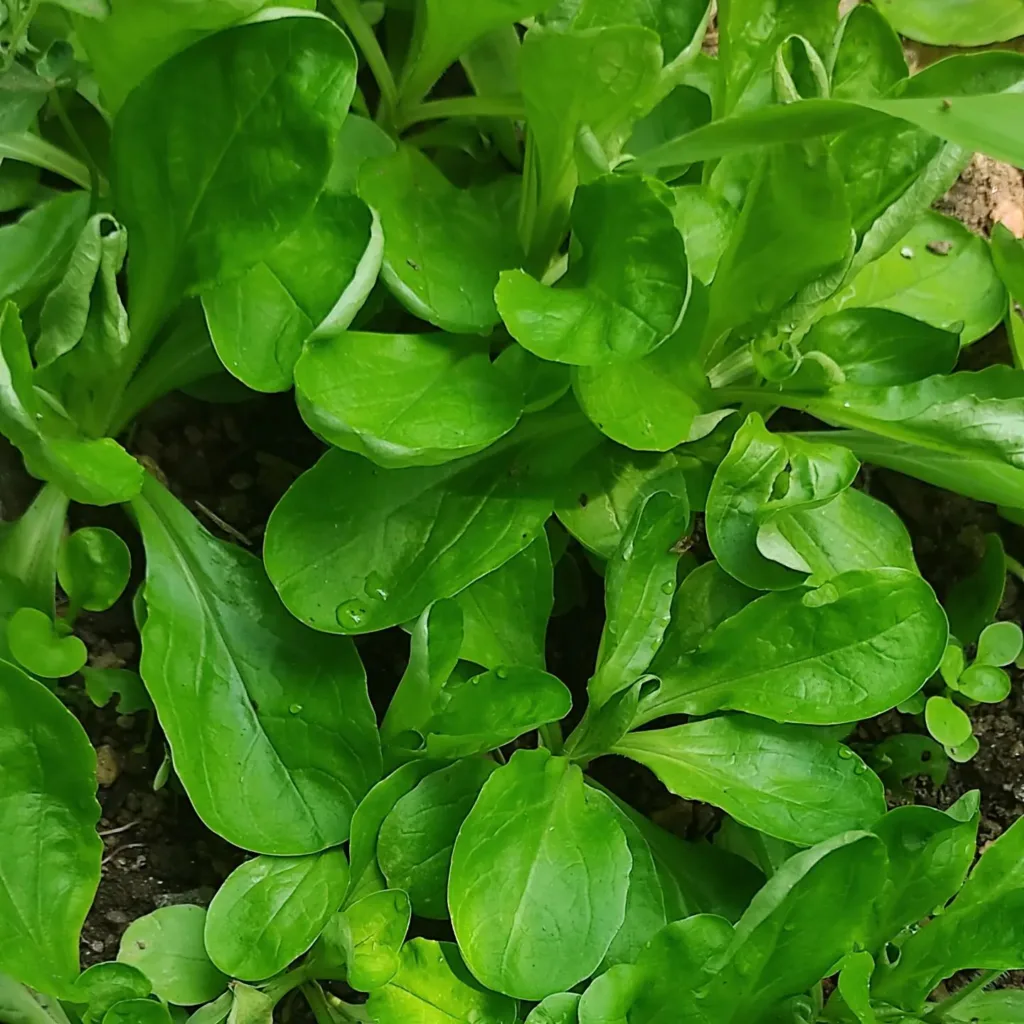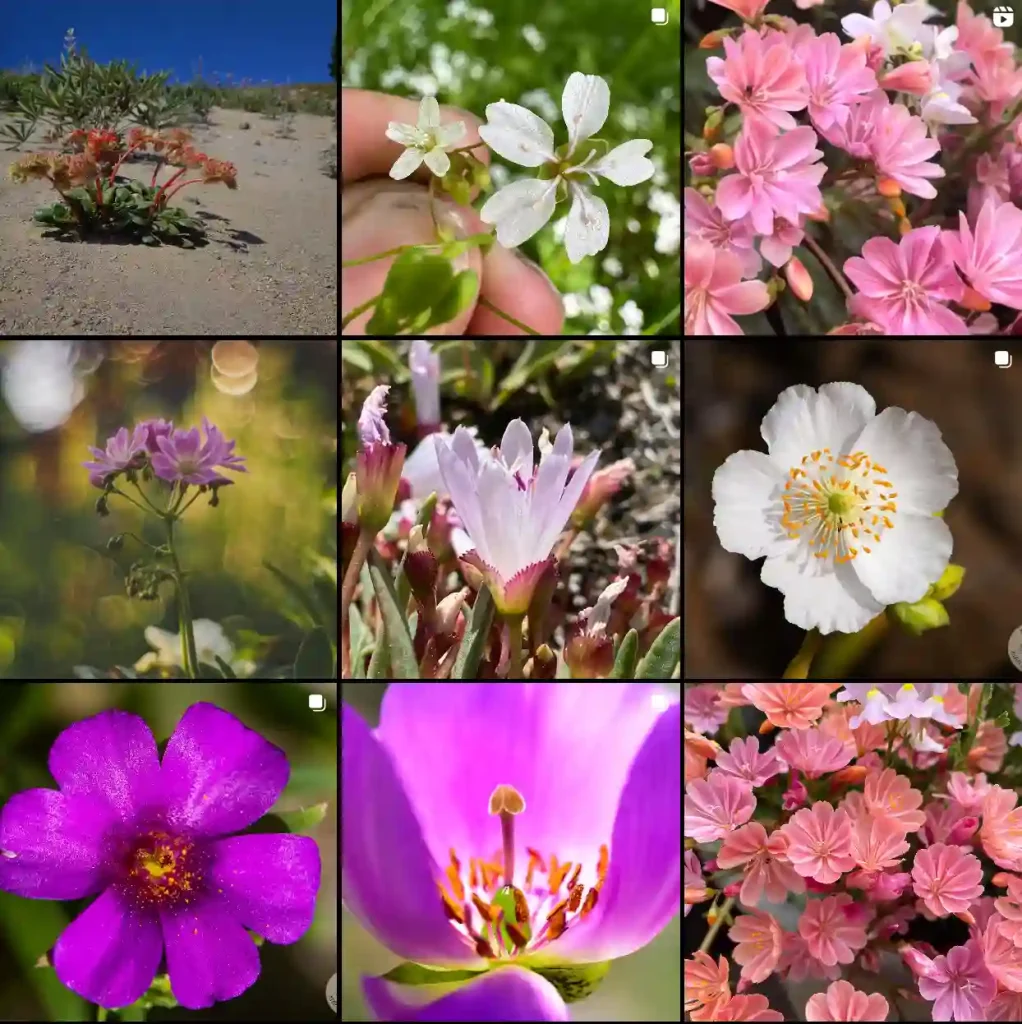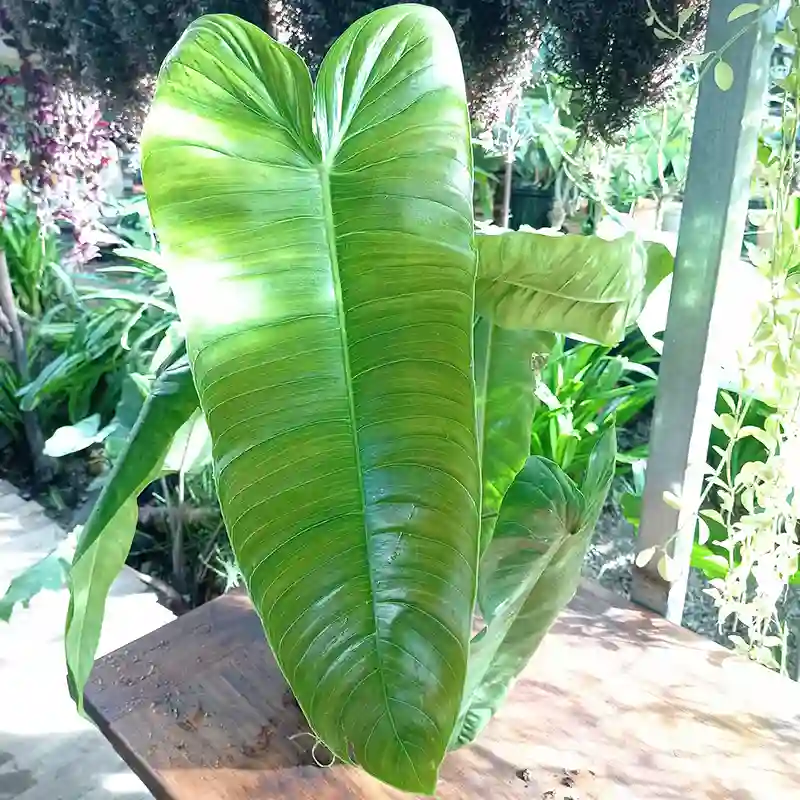FAQs About Commelina Diffusa
I’ve had my fair share of experiences with Commelina Diffusa, a charming and hardy plant that’s gained popularity in many gardens. This article covers the most frequently asked questions about this plant, from care tips to how to handle common issues. Let’s dive in!
204 Species in Genus Commelina
What Is Commelina Diffusa?
Commelina Diffusa, commonly known as the Dayflower or Trailing Commelina, is a perennial herbaceous plant native to tropical regions. Its vibrant blue flowers and trailing growth habit make it a favorite for ground cover in gardens. The plant thrives in warm climates and is known for its resilience and adaptability.
How to Care for Commelina Diffusa?
Caring for Commelina Diffusa is relatively straightforward. This plant prefers a well-draining soil and plenty of sunlight, although it can tolerate partial shade. Water it regularly to keep the soil moist but not waterlogged. It’s also a good idea to fertilize it every few months during the growing season to ensure it gets the nutrients it needs to thrive.
How to Propagate Commelina Diffusa?
Propagating Commelina Diffusa is quite simple. You can do so by taking cuttings or through seed propagation. For cuttings, snip a healthy segment of the plant, remove the lower leaves, and place it in water or soil. Keep the soil moist and in a warm, bright location until new roots form. For seed propagation, sow seeds directly into the soil or in pots, keeping them warm and moist until they germinate.
Can You Grow Commelina Diffusa Indoors?
While Commelina Diffusa is typically grown outdoors, it can also be grown indoors with the right conditions. Place it in a sunny window or under grow lights to ensure it receives enough light. Maintain a warm temperature and keep the soil consistently moist. Indoor humidity should also be monitored to prevent the plant from drying out.
What to Plant With Commelina Diffusa?
Commelina Diffusa pairs well with other low-growing plants that appreciate similar growing conditions. Consider planting it alongside ground covers like Creeping Jenny or other trailing plants like Dichondra. It also complements tropical plants like Begonias and Ferns, creating a lush and vibrant garden bed.
Is Commelina Diffusa Toxic?
Commelina Diffusa is generally considered non-toxic to humans and pets. However, as with any plant, it’s best to keep it out of reach of young children and pets to avoid any potential issues. While it’s not known to be harmful, ingestion of large quantities of plant material could cause mild digestive upset.
Benefits of Commelina Diffusa
One of the main benefits of Commelina Diffusa is its ability to quickly cover ground, making it an excellent choice for erosion control and weed suppression. Its attractive blue flowers also add a splash of color to any garden. Additionally, it’s relatively low-maintenance and can handle a range of soil types and light conditions.
Common Problems with Commelina Diffusa
Common problems with Commelina Diffusa include issues with overwatering, which can lead to root rot. It’s also susceptible to pests like aphids and spider mites. Regularly inspect the plant and treat any infestations promptly. Another issue can be its tendency to become invasive if not managed properly, so keep it contained to prevent it from overtaking other plants in your garden.
What Herbicide Kills Commelina Diffusa?
If you’re dealing with an overgrowth of Commelina Diffusa and need to control it, there are herbicides that can be effective. Glyphosate is one herbicide that works well in killing this plant. However, use it with caution, as it can affect other plants and soil health. Always follow the manufacturer’s instructions and consider alternative methods like manual removal or using a non-selective herbicide with precision to minimize impact on surrounding plants.
How Does Commelina Diffusa Compare to Other Similar Plants?
Commelina Diffusa is often compared to other ground covers like Creeping Charlie and Dichondra. Unlike Creeping Charlie, which can become invasive and difficult to manage, Commelina Diffusa is generally easier to control and less aggressive. Compared to Dichondra, Commelina Diffusa tends to be more tolerant of varying light conditions and is known for its attractive flowers, whereas Dichondra is more commonly used for its foliage.
Conclusion
In summary, Commelina Diffusa is a versatile and attractive plant that can enhance any garden with its vibrant flowers and ground-covering abilities. Whether you’re looking to care for it, propagate it, or deal with any issues, understanding its needs and characteristics will help you make the most of this delightful plant. If you have any more questions or need specific advice, feel free to reach out!
If i die, water my plants!



